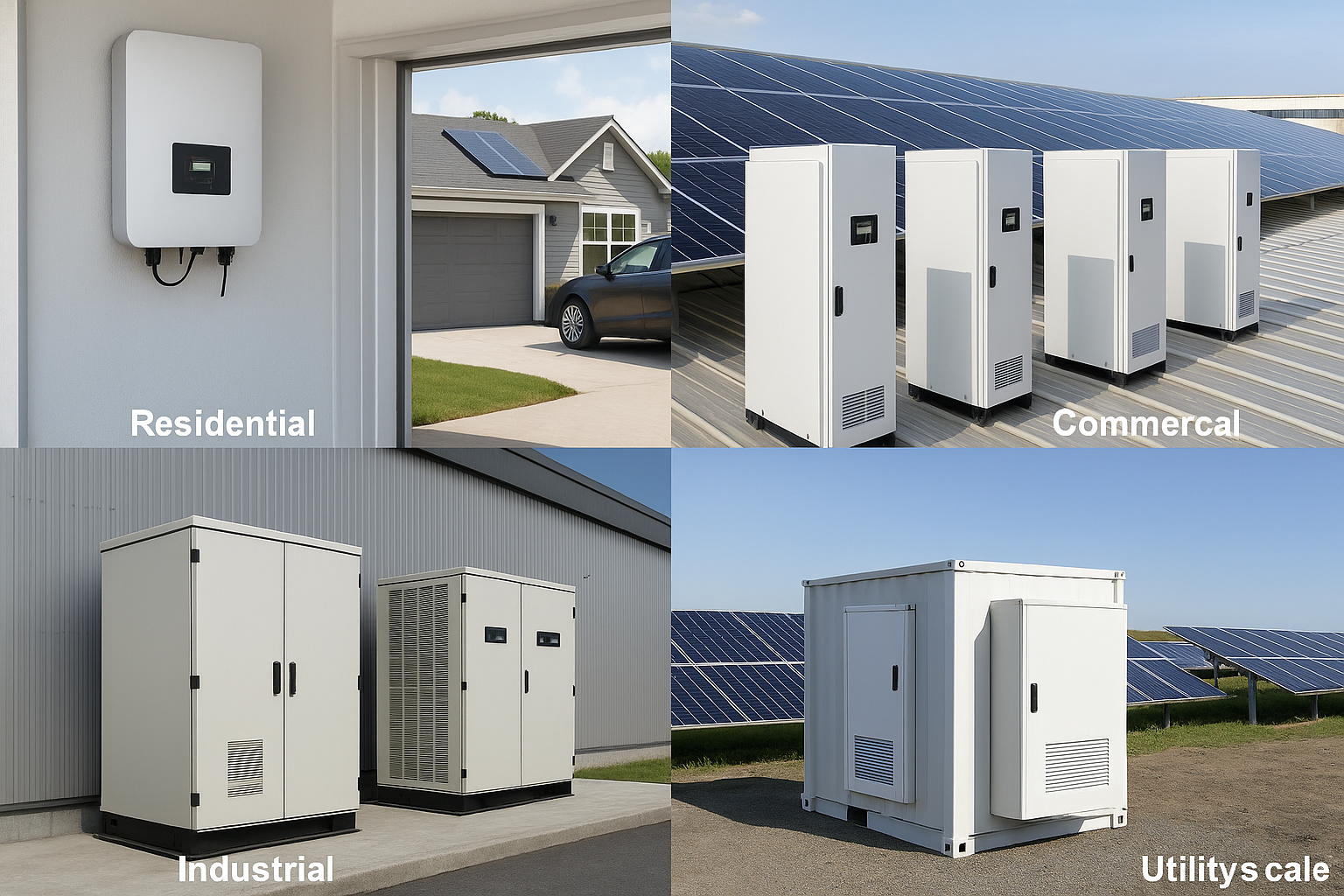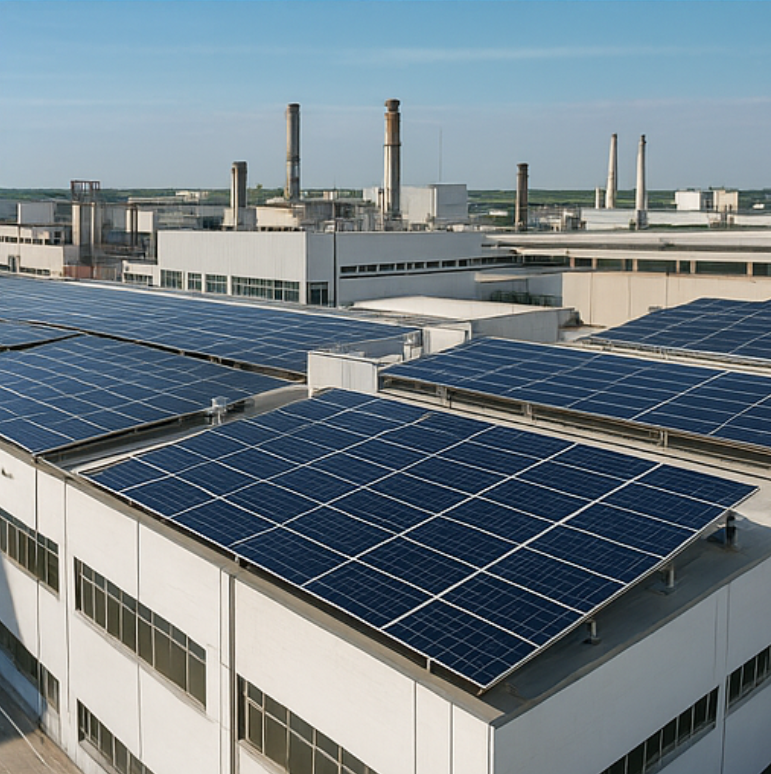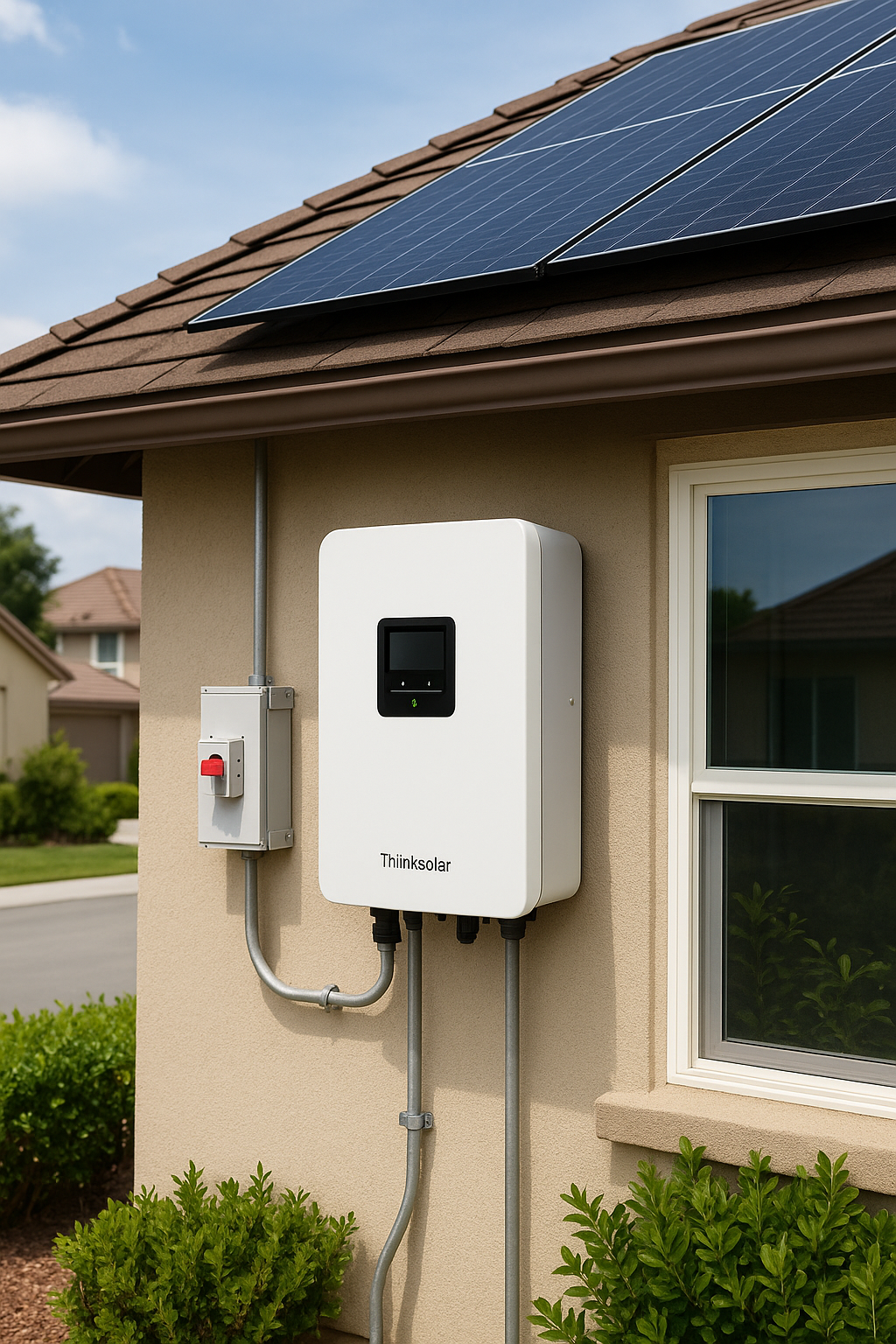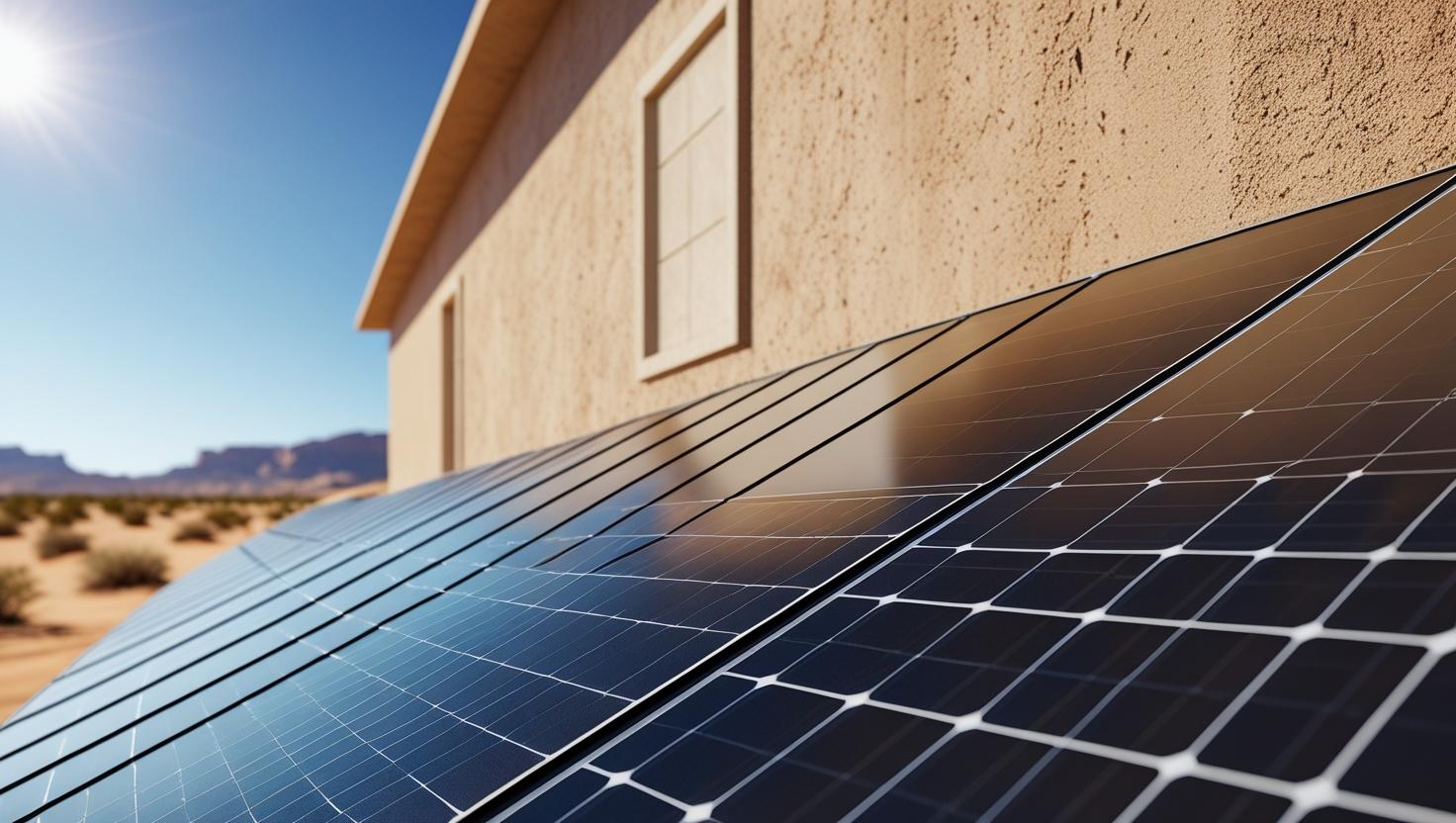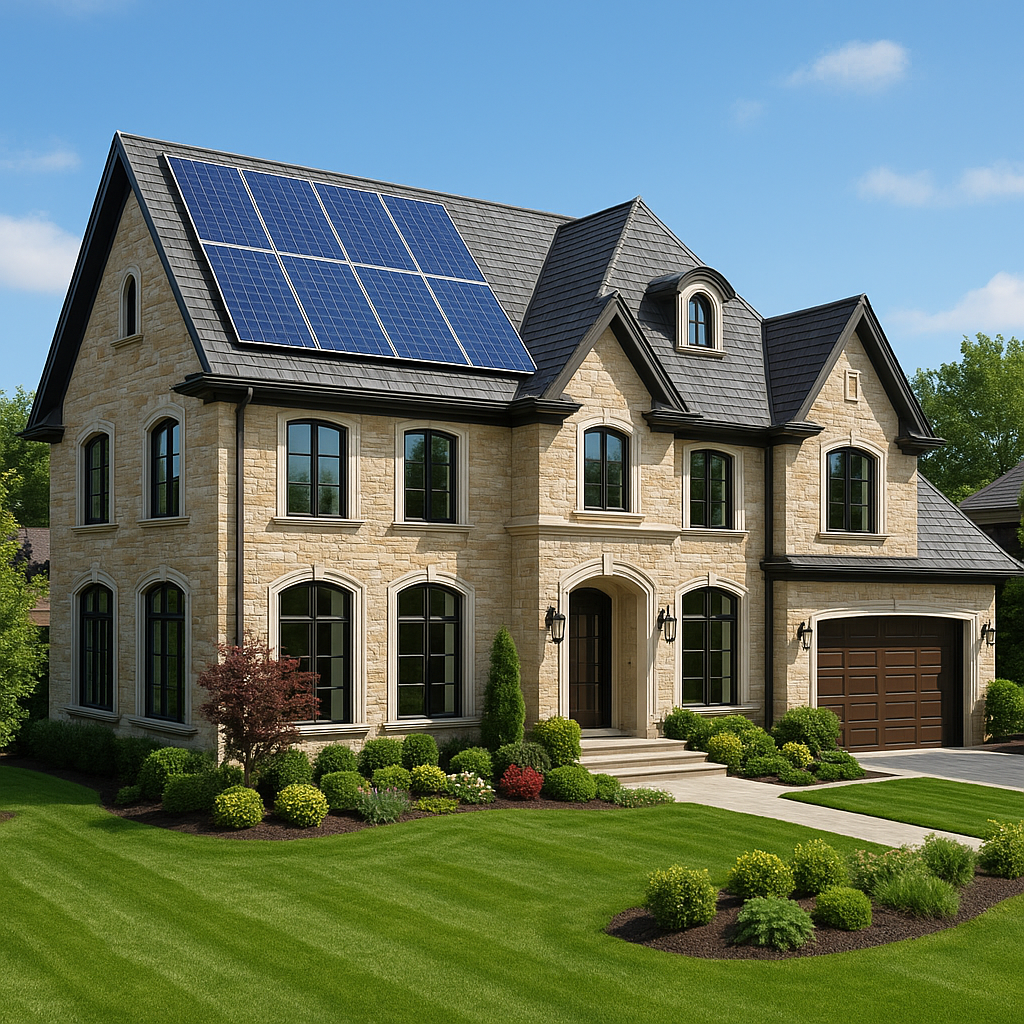
Choosing the Right Solar Inverter: Type Comparison and Applications
Why inverter type is a critical decision
Solar inverters do more than just convert DC to AC. They influence theefficiency, safety, scalability, and overall costof your system. At thlinksolar, we advise customers to choose inverters based onreal energy usage patterns, project size, and future goals—not just wattage.
Let’s start by comparing the main types of solar inverters.
Comparison of Solar Inverter Types
| Inverter Type | How It Works | Key Advantages | Main Limitations | Best For |
|---|---|---|---|---|
| String Inverter(组串式) | One inverter connects to multiple panel strings | Affordable, simple design, good for uniform sunlight | Shading on one panel reduces output of all in string | Homes, small offices, light commercial use |
| Micro Inverter(微型) | One inverter per panel | Panel-level optimization, shade tolerance, modular | Higher cost, more components, harder maintenance | Shaded roofs, multiple orientations |
| Central Inverter(中央) | Large-scale inverter connects many strings | Economical for utility scale, easy grid integration | Not suitable for rooftops, complex fault detection | Utility-scale, ground-mount solar farms |
| Hybrid Inverter(混合) | Combines solar input, grid power, and battery storage | Energy storage ready, backup during outages, grid-tied or off-grid use | Higher cost, battery compatibility matters | Residential + commercial with storage needs |
Key Factors to Consider Before Choosing Your Inverter
1. Grid Connection Type
-
Grid-tiedsystems use string or hybrid inverters; suitable where power is stable.
-
Off-gridsystems need hybrid inverters with reliable battery integration.
-
Hybridsetups offer backup during outages and optimize solar usage even when the grid is up.
2. Power Demand
-
How much power do you use daily and during peak hours?
-
thlinksolar recommends sizing the inverter at 125% of expected daily usage to cover surges and future growth.
3. Environmental Conditions
-
Dust, humidity, heat, or partial shading all affect performance.
-
Micro inverters handle shade better; string and hybrid require open, sunny areas.
-
Choose inverters with IP65+ protection in harsh environments.
4. Budget and ROI
-
String inverters are cost-effective; micro inverters and hybrid inverters offer long-term performance and monitoring but at a higher upfront price.
-
Consider 3–5 year ROI based on local utility prices and solar subsidies.
When to choose each inverter type
Your inverter choice should be based onsite-specific needs:
-
Shaded Roofs:Go for micro inverters
-
Large open fields:Central inverters offer scale benefits
-
Storage + Grid Usage:Hybrid inverters balance self-consumption with backup
-
Budget-sensitive homes or SMEs:String inverters get the job done cost-effectively
Maintenance and smart monitoring
Inverter diagnostics matter for uptime:
-
Micro invertersallow panel-level monitoring
-
Hybrid invertersoffer real-time data and load priority control
-
String and central invertersare simpler to access but less detailed in diagnostics
According to Solar Power World, regular inverter inspection can improve system uptime by 15–20%.
How thlinksolar supports smarter inverter decisions
We provide:
-
Tailored load analysis and sizing support
-
CE, TUV, ISO-certified inverter models
-
Off-grid, on-grid, and hybrid options with OEM customization
-
Full lifecycle consulting, from BOM to installation guidance
Get expert help before you decide
Choosing the wrong inverter could lead to lower energy yield, shorter lifespan, or higher costs. Let thlinksolar help you make the smart, long-term choice with confidence.
Visit ourhomepageorcontact us hereto discuss your project with our team.
